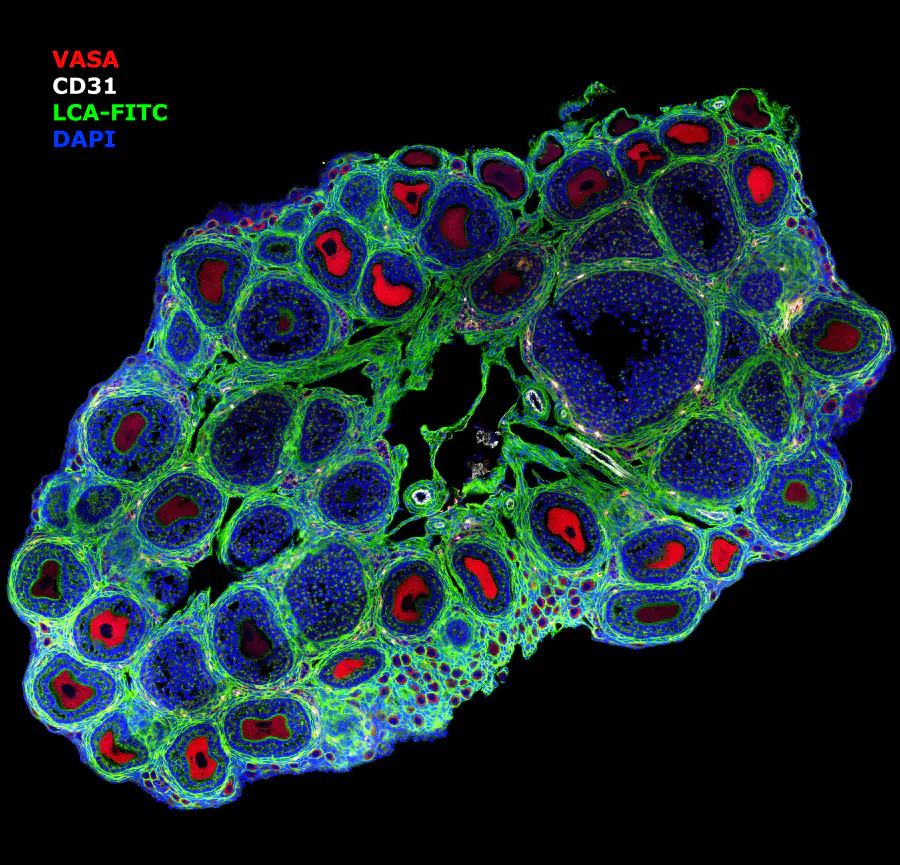Embryophysiology Group

Classical neurotransmitters such as serotonin, catecholamines and acetylcholine have functional activity already at the earliest stages of ontogenesis, even before the formation of the first nerve cells. They perform a wide range of functions, regulating and modulating various processes. Thus, biogenic amines are involved in the induction of egg maturation, the control of the cell cycle during cleavage divisions, the regulation of the activity of ciliary movements and the establishment of left-right asymmetry. These are just some of the described embryonic functions that these substances perform. Interestingly, the neural activity of neurotransmitters has been described in the embryonic development of representatives of various groups of the animal kingdom, including sponges and protozoa that do not have a nervous system. This indicates the widespread and evolutionary importance of neurotransmitters in embryonic development. The Embryophysiology Group is investigating the mechanisms by which neurotransmitters regulate the early stages of embryonic development and oogenesis. The team studies the interaction of neurotransmitters with other signaling pathways and factors to determine how these substances coordinate and tune the processes of embryogenesis. The results of these studies help us better understand the activity of neurotransmitters in the early stages of development and assess their importance for the normal development of the body.
- Real-time PCR (qPCR)
- Western blot
- Cloning
- Various methods of molecular biology
- Cell and tissue culture
- Confocal microscopy
- Experimental research methods
- Fluorescence microscopy
- PCR
- Real-time PCR and digital PCR, including design and validation of primers and probes to your target
- Immunocytochemistry
- Enzyme-linked immunosorbent assay (ELISA)
- High-efficiency liquid chromatography (HPLC)
- Reproductive toxicity (including embryonic and gonadotoxicity).
- Histochemistry
- Electron microscopy
- Bacterial cultures
- Immunohistochemistry (IHC)
- Spectrofluorometry
- Flow cytometry
Research directions
Structural and functional organization of transmitter signaling systems in early embryo cells

The role of serotonin in the regulation of mammalian oogenesis and ovarian folliculogenesis

Mechanisms of action of transmitters and their functional analogues in early embryonic development






